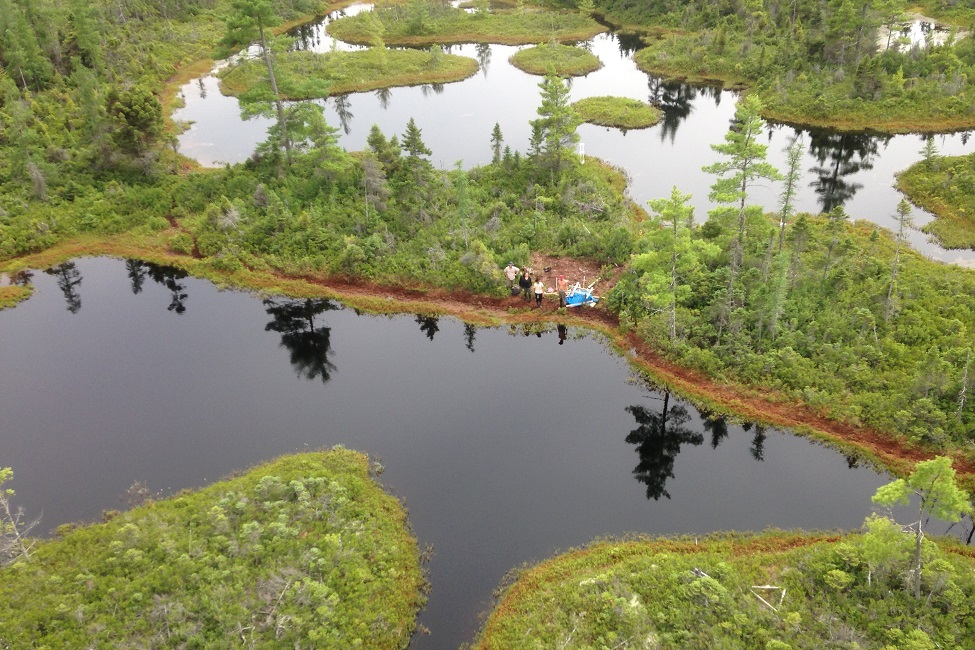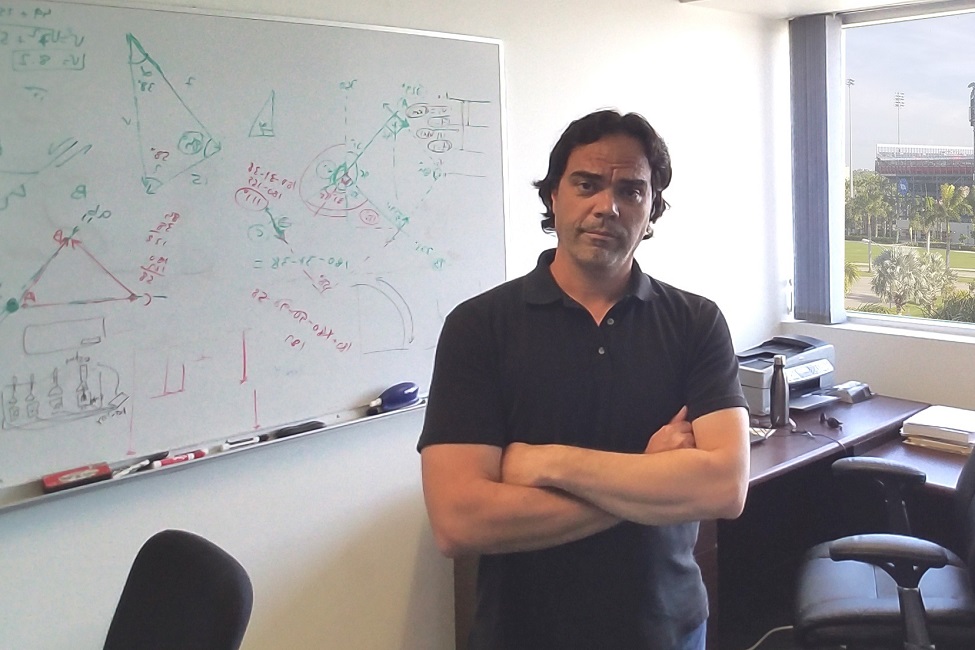FAU Receives U.S. DOE Exploratory Grant for Novel Radar Prototype

Major greenhouse gases emitted from Florida's Everglades include carbon monoxide, methane and nitrous oxide, which are affected by nutrients as well as hydrologic conditions. (Photo credit: William Wright, Ph.D.)
Scientists from Florida Atlantic University have received an exploratory grant from the United States Department of Energy (DOE) for a ground-penetrating radar (GPR) prototype mounted on a small, unoccupied aircraft system to efficiently identify hot spots and hot moments for biogenic gas accumulation and release in the subtropical peat soils of Florida’s Everglades. The major greenhouse gases emitted from the Everglades include carbon monoxide, methane and nitrous oxide, which are affected by nutrients as well as hydrologic conditions.
The two-year, $111,655 project involves a unique multidisciplinary team from FAU and the U.S. Geological Survey (USGS) in collaboration with the DOE’s Environmental Molecular Sciences Laboratory (EMSL), a biological science facility at Pacific Northwest Laboratory, and an investigator from the United Kingdom’s University of Exeter. The research team will explore how certain physical properties such as soil structure and biochemical properties such as metabolic pathway may influence these biogenic gas dynamics.
“Peat soils are large natural producers of biogenic greenhouse gases like methane and carbon dioxide that accumulate in the soil matrix to subsequently be released into the atmosphere,” said Xavier Comas, Ph.D., principal investigator and professor, Department of Geosciences, FAU Charles E. Schmidt College of Science. “Although there have been remarkable advances made in predicting these carbon fluxes at a variety of spatial and temporal scales in peat soils in the last few decades, there are still many uncertainties about the spatial distribution of hot spots for biogenic gas accumulation and hot moments for the rapid release of biogenic gases, which this drone-GPR prototype may help us identify more efficiently.”
Scientists know very little about atmospheric exchanges of greenhouse gasses in forested subtropical wetlands because imaging and identifying these areas are difficult. Most current methods require disturbance to the soil and typically can only characterize isolated local conditions that may not be representative of the heterogeneous conditions in peat soils, or have sampling volumes (i.e. eddy covariance towers) that are too large to properly capture hot spots of increased geochemical activity.
Airborne datasets will be controlled with ground-based GPR, moisture probes, gas traps fitted with time-lapse cameras, and soil measurements along cores (i.e. porosity, hydraulic conductivity). The GPR will enable non-invasive upscaling of traditional ground-based measurements over larger areas without being constrained by terrain roughness.
For the project, scientists will employ stable C isotope measurements of gas samples to further constrain rates of production and release inferred from the GPR and to test the presence of spatially variable dominant methanogenic pathways. They also will use X-ray computed tomography measurements via the EMSL to further test the role of physical structure in the accumulation and release of biogenic gases.
The research will result in the development of preliminary remote sensing models (using the inferred gas dynamics from the GPR datasets) that account for the presence of hot spots and hot moments and further upscale predictions to ultimately generate large-scale (kilometers) carbon flux maps that could be incorporated into regional models.
“We anticipate that an airborne GPR system could be used successfully to identify contrasts in relative dielectric permittivity associated with variable biogenic gas content within the soil,” said Comas. “As such, we think that the physical structure of the organic soil primarily dictates the distribution of hot spots and enables prediction of hot moments for gas release triggered by changes in certain environmental factors such as atmospheric pressure or water table elevation.”

The project will train one graduate and one undergraduate student. Results and products will be made openly available through the DOE’s ESS-DIVE data repository.
Co-investigators of the project are Caiyun Zhang, Ph.D., a professor in FAU’s Department of Geosciences; Neil Terry, Ph.D., a research hydrologist at the USGS; and Angela Gallego-Sala, Ph.D., a professor in ecosystems and biogeochemical cycles and collaborator from Exeter University.
This project is possible thanks to a partnership with Guideline GEO (ABEM-Mala), the world’s premier provider of ground-penetration radar (GPR) solutions.
-FAU-
Tags: research | faculty and staff | technology | science